INDUSTRY
The SC verdict letting States to tax mining has wide-ranging ramifications
- IBJ Bureau
- Aug 03, 2024

Last month, a nine-judge Constitution Bench of the Supreme Court ruled that States can tax mineral rights and mineral-bearing lands. The apex court delivered the 8:1 majority verdict in the Mineral Area Development Authority Vs Steel Authority of India case, dating back to 2011.
The Constitution Bench, headed by Chief Justice D Y Chandrachud, concluded that royalty envisaged by the Mines and Minerals (Development and Regulation) Act, 1957 (MMDR Act), could not be a tax at all. The court defined royalty in this case as a contractual consideration paid by a mining lessee (a mining entity) to a lessor (a State that leases out a mine) for enjoyment of mineral rights. The verdict also stated that the States could levy tax on the mines leased as well as on mineral-bearing land in addition to collecting royalty on the minerals.
However, Justice B V Nagarathna, the lone dissenting judge of the Bench, argued that the MMDR Act was a limitation on the States’ taxation powers, which were only empowered to collect royalty. The judge ruled that permitting States to levy taxes would have undesirable consequences as they would enter into an unhealthy competition to derive additional revenue. The costly minerals would result in high prices of industrial products and ultimately affect the economy.
The Union Mines Ministry fixes royalty on major minerals, while the royalty on coal is fixed by the Union Coal Ministry. The States –which can only fix royalty on minor minerals – are allowed to collect the royalty set by the two Union ministries. Despite this practice, time and again, several legal disputes have led to differing verdicts.
A seven-judge Bench of the Supreme Court had ruled in 1989 in the India Cement Vs the State of Tamil Nadu that royalty was a tax and that States only had the power to collect royalties and not impose taxes on mining activities. Later, in 2004, in the State of West Bengal Vs Kesoram Industries case, a five-judge Bench of the Supreme Court had maintained that royalty was not a tax, contradicting the apex court’s 1989 judgement. The contentious issue cropped up again in 2011 in the Mineral Area Development Authority Vs Steel Authority of India case, and the nine-judge Bench was asked to look into this dispute.
Following the verdict, some States have urged the Supreme Court to apply the judgement retrospectively from 1989 onwards. These States argue that their fiscal position has deteriorated severely with sources of revenue drying up. They have also held that despite the federal set-up, the States often end up losing revenue as a result of the Union government’s overarching powers of taxation.
The Union government, on the other hand, has vehemently opposed the States’ pleas of applying the verdict retrospectively. Solicitor General Tushar Mehta has argued that the retrospective application of the judgement will result in a burden of over Rs 70,000 crore in higher royalty on public sector mining companies. He has pleaded before the court to apply the verdict prospectively with some conditions as the higher outgo of royalty will have a multi-polar impact on the economy. The Supreme Court, in the meanwhile, has reserved its decision on applying the verdict retrospectively or prospectively.
It is true that the States have mostly ended up losing out on revenues in mining and in many other sectors because of the all-powerful Union government. However, economic viability of the mining industry and the health of the economy are as important as the principles of fiscal federalism. The ball is yet again in the Supreme Court to balance these competing interests harmoniously.

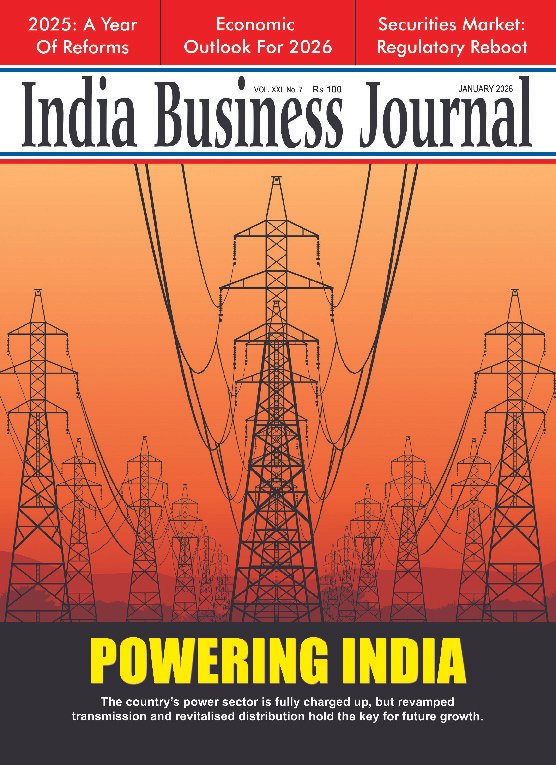

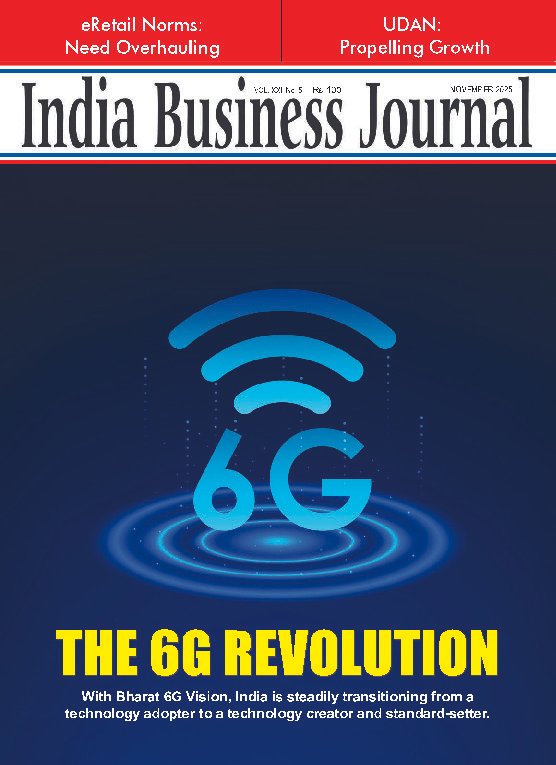
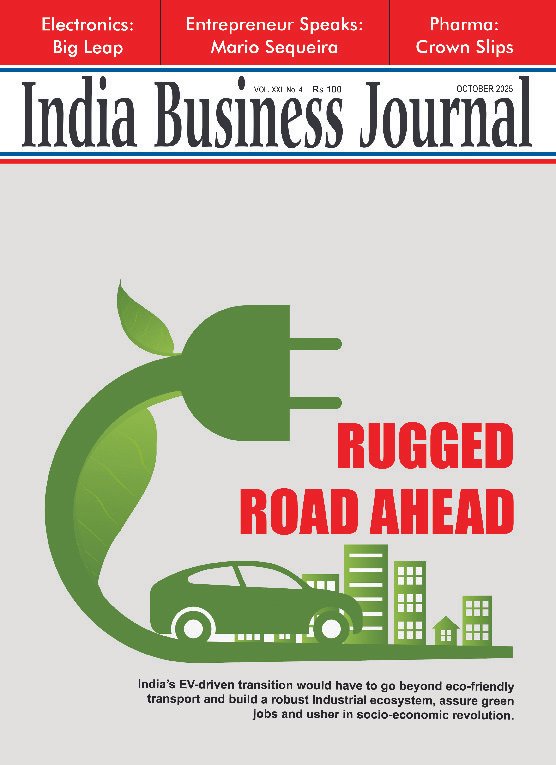






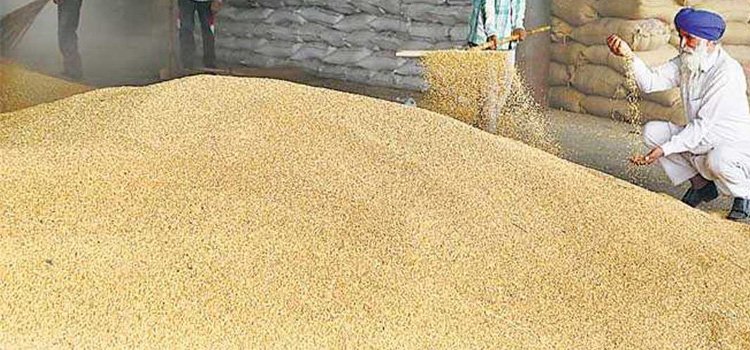
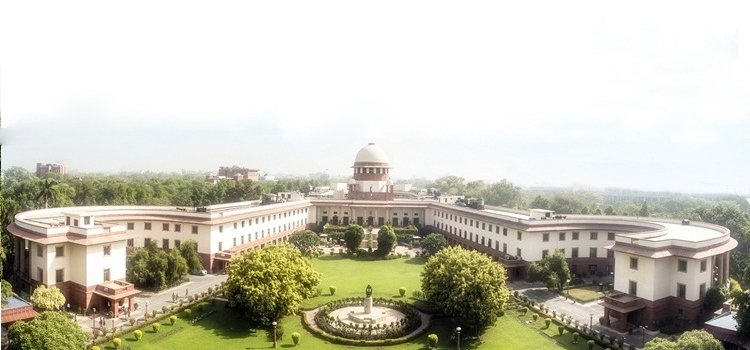


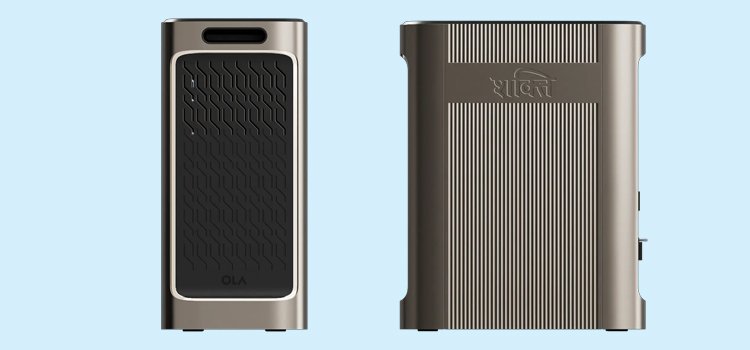




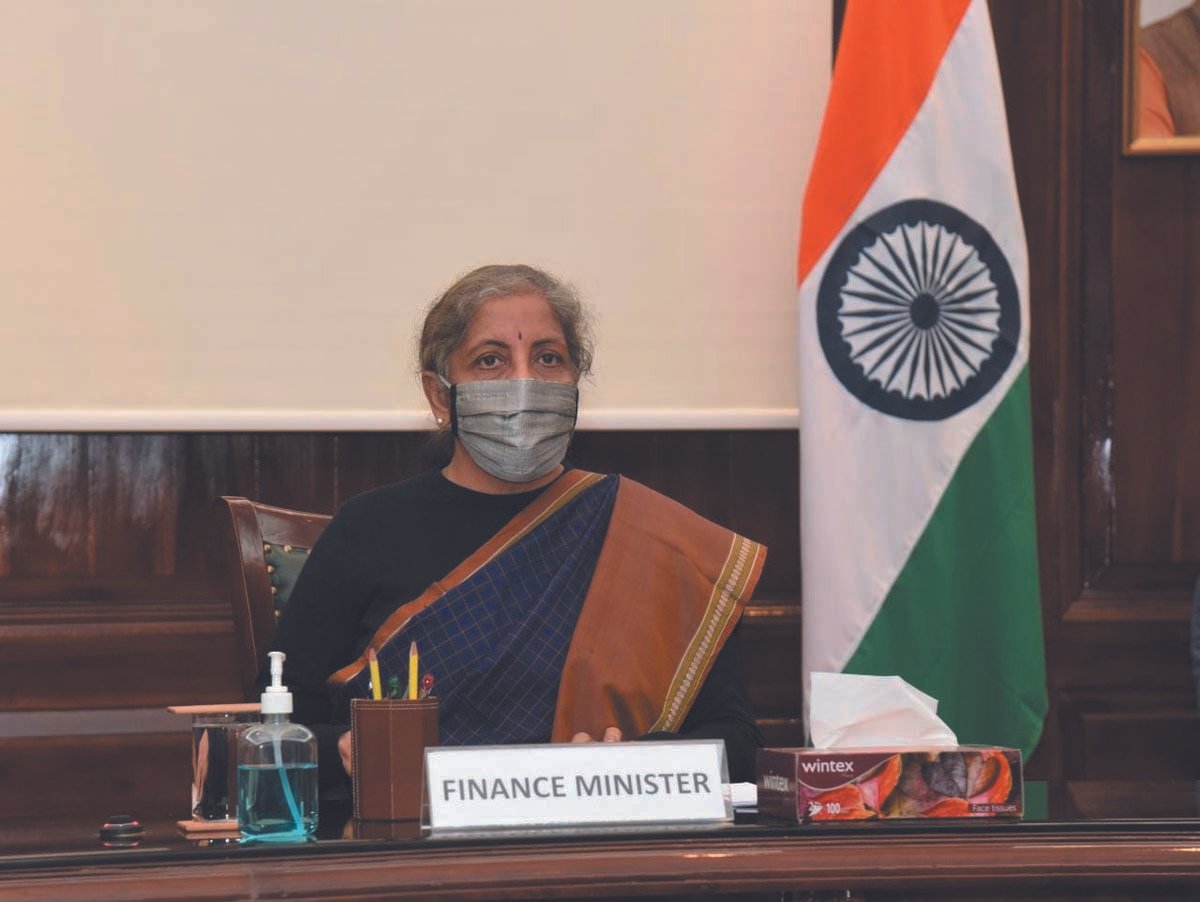
Report By
View Reporter News